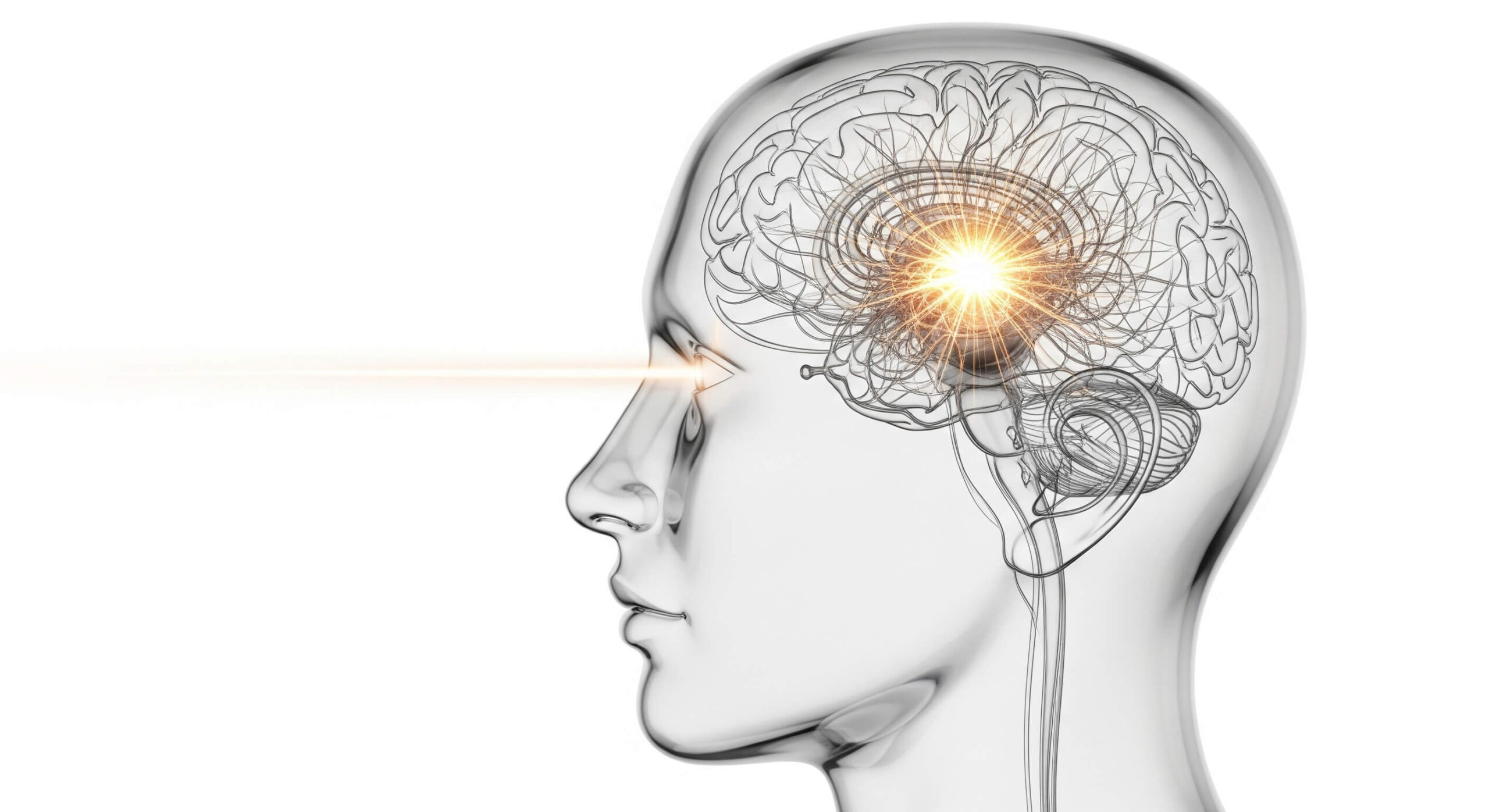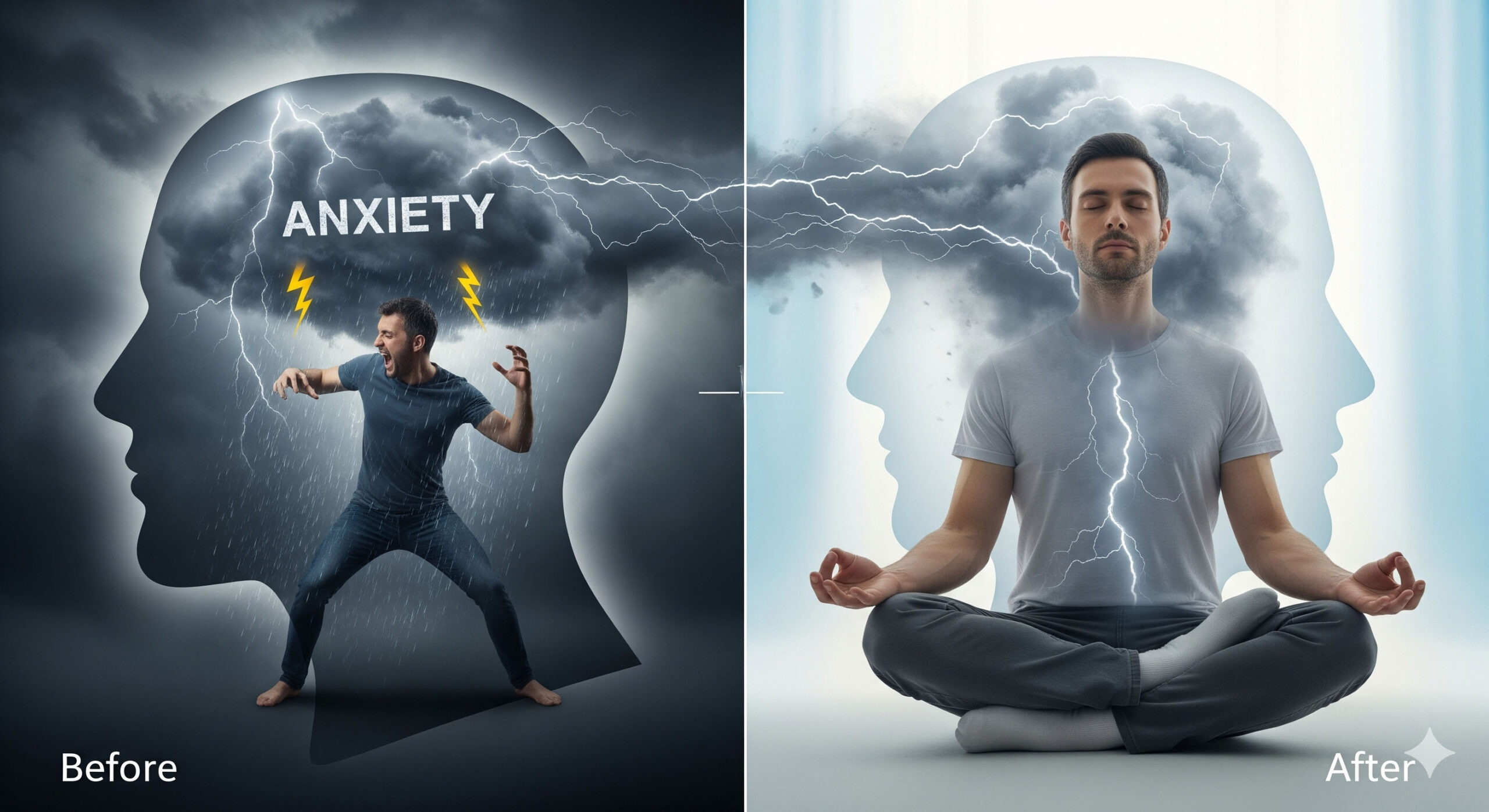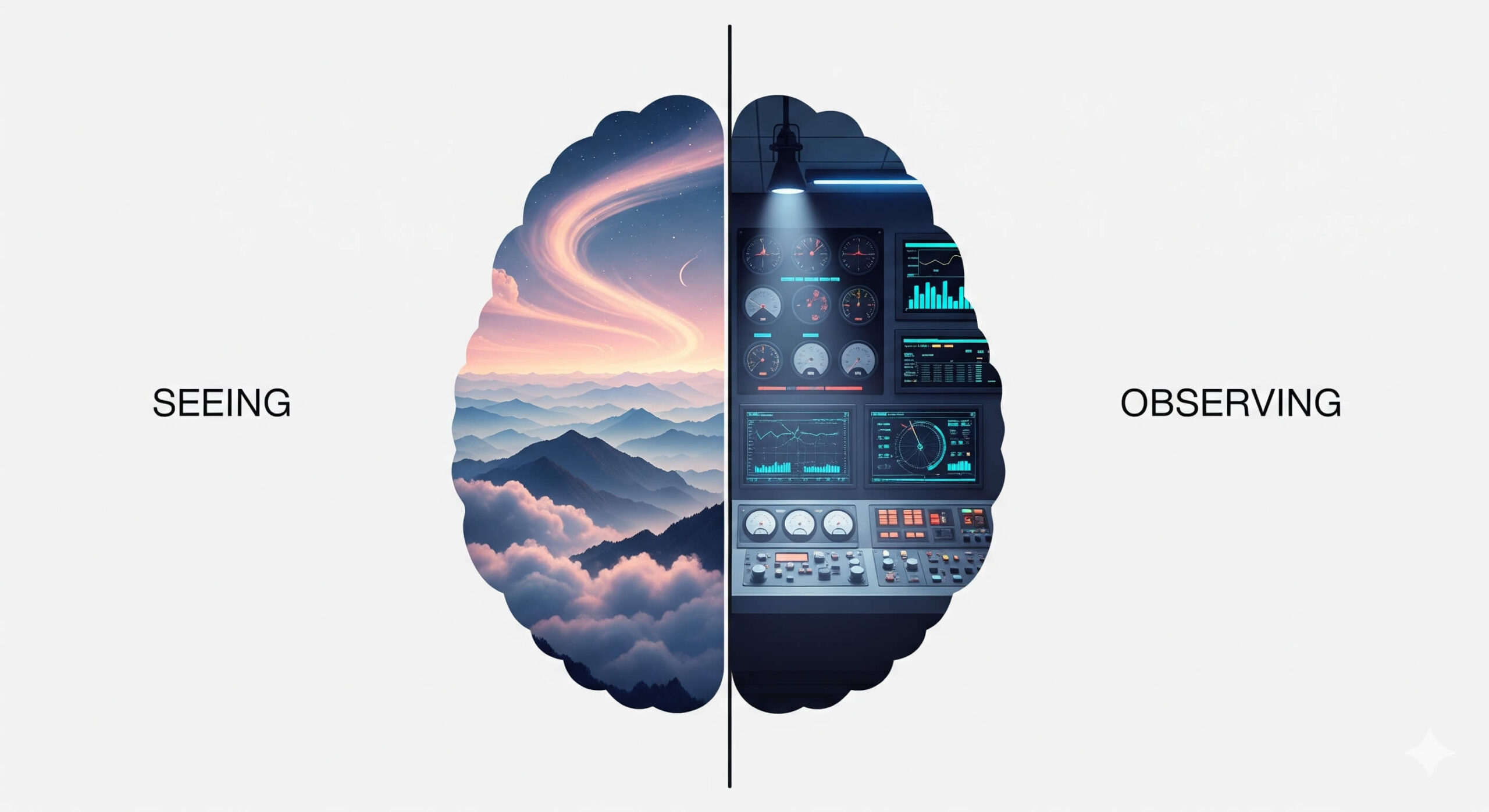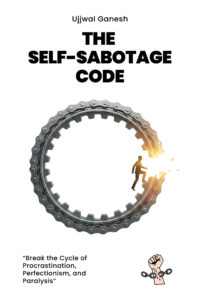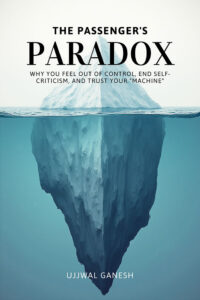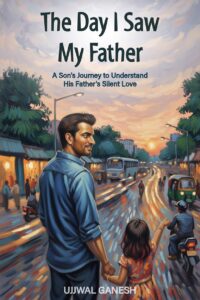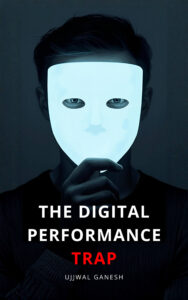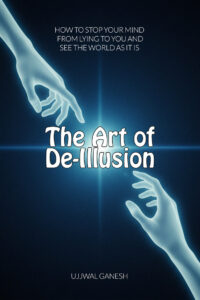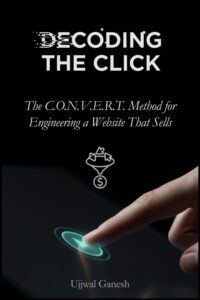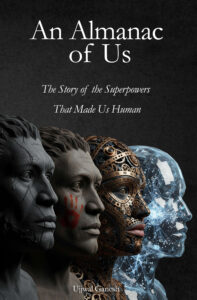For years, the tennis prodigy Andre Agassi was utterly dominated by his rival, Boris Becker. No matter how hard he practiced his swing or how much he improved his conditioning, Becker seemed to have an unshakeable edge. Frustrated, Agassi realized that simply trying to play harder wasn’t the answer. He needed to play smarter. He needed to see the game differently.
So, he changed his strategy. He stopped just practicing and started observing. He dedicated countless hours to watching tapes of Becker’s matches, not just to analyze strategy, but to study his opponent’s every physical tic. Eventually, he found it: a tiny, almost imperceptible tell. Just before serving, Becker would stick out his tongue. If his tongue was in the center of his lip, the serve was going to one spot. If it was off to the side, it was going somewhere else.
This single, microscopic observation changed their rivalry. Agassi had developed an expert’s eyes. He hadn’t just learned to see, he had trained his brain to see what others missed.
This ability is not a gift reserved for world-class athletes. It is a skill, forged through practice, that is available to anyone willing to train their attention. The stunning truth is that focused observation doesn’t just change your perspective; it physically changes the structure of your brain.
The Science of a Rewired Brain
What Agassi did on the tennis court, and what experts do in every field, is a demonstration of two of the most fascinating concepts in neuroscience: neuroplasticity and perceptual learning.
Neuroplasticity is the brain’s incredible ability to reorganize itself by forming new neural connections. Think of your brain as a dense forest. When you learn a new skill, it’s like forging a new path through the undergrowth. The first time is difficult. But the more you travel that same path, the wider, clearer, and more efficient it becomes. Every time you engage in focused observation, you are strengthening specific neural connections. What you consistently choose to see physically shapes your brain.
This leads directly to Perceptual Learning, which is how this rewiring translates into expert skill. It’s the process where focused practice improves our ability to extract meaningful information from the world. This is why a master wine taster can identify faint notes of cherry and leather in a single sip, while a novice just tastes “red wine.” It’s why an artist sees a dozen shades of green in a single leaf, and why a radiologist can spot a tiny, faint nodule that is nearly invisible to an untrained eye.
Their brains have literally learned to see differently. They weren’t born with special eyes; they forged new paths in their neural forests, one observation at a time.
How to Forge Your Own Expert Eyes: A 3-Step Guide
The journey from a novice’s glance to an expert’s gaze is a systematic process. You don’t need to enroll in a special school or dedicate your life to a single craft to begin. You can start today, by applying these three practical tools to forge your own expert eyes in any area you choose.
Tool #1: Choose Your “Observation Niche”
The world is overwhelmingly complex. Trying to become a better observer of “everything” is a recipe for failure. The key is to start small. Choose one narrow, specific “observation niche” that genuinely interests you and make it your personal training ground.
Your niche could be anything:
- The different types of architecture in your neighborhood.
- The flavor notes in your morning coffee.
- The body language of your colleagues in meetings.
- The typography on street signs.
By narrowing your focus to one small domain, you make the act of observation manageable and rewarding. You give your brain a clear and consistent task, which accelerates the process of neuroplasticity.
Tool #2: Practice the “Deconstruction” Method
Once you have your niche, your next task is to fight your brain’s natural tendency to label and dismiss things. The “ghost in your head” loves shortcuts; it sees a “tree” and moves on. Your job is to deconstruct that tree.
Take a familiar object within your niche and break it down into its component parts. For example, if your niche is “coffee”:
- Don’t just see coffee. Observe the crema (the reddish-brown foam on espresso). Notice its thickness and color.
- Don’t just smell coffee. Try to identify specific aromas. Is it nutty? Fruity? Earthy?
- Don’t just taste coffee. Notice the initial taste on the tip of your tongue (the acidity) versus the aftertaste (the body).
This deconstruction method forces your brain to move past its lazy, top-level pattern matching. It compels you to create new, more detailed categories of perception, which is the very essence of building expertise.
Tool #3: Keep an “Evidence Journal”
To make your progress tangible and satisfying, use a simple notebook to log your progress. Adapted from the identity-building exercises in my book, this “Evidence Journal” is for skill-building.
At the end of each day, take two minutes to write down one new, detailed observation from your chosen niche. That’s it. Just one.
- “Today, I noticed that the oldest buildings on my street have arches above the windows, while newer ones are all rectangular.”
- “Today, I noticed that my boss taps her pen on the table only when she disagrees with an idea but doesn’t want to speak up yet.”
This small ritual accomplishes two critical things. First, it makes your progress undeniable, which is deeply motivating. Second, the act of writing down your observation helps solidify it in your memory, further strengthening those new neural pathways.
You Are the Sculptor of Your Brain
The abilities of experts like Andre Agassi can seem like magic, but they are not. They are the direct, physical result of thousands of hours of focused attention. Their extraordinary skills were not handed to them at birth; they were built, one observation at a time.
You started with the same basic hardware as every master in their field. The only difference is that they deliberately directed their focus, and over time, their brains physically adapted to the task.
This is the ultimate promise of this work. You are not a passive recipient of your brain’s default settings. You are its active sculptor. Every time you choose to pay close, deliberate attention to something, you are picking up a chisel and making a small, permanent change to the structure of your mind.
This guide is your first set of tools. For a complete blueprint on how to master your focus, reshape your reality, and forge the mind of an observer, you can explore the full collection of techniques and frameworks in my book, The Observation Effect. The journey begins with the simple, empowering realization that you get to decide which paths in your neural forest you want to build.
